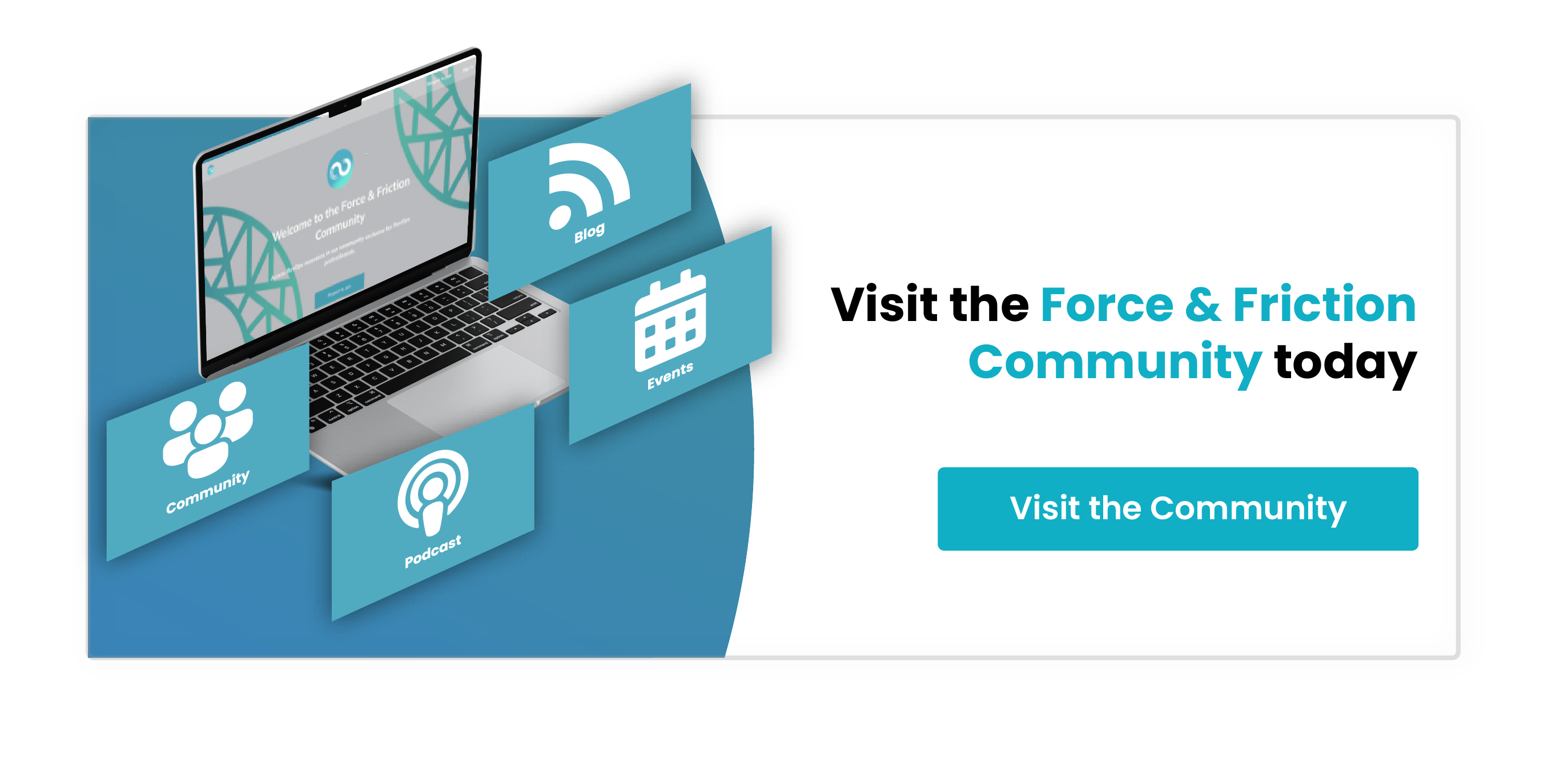
Revving Up Your Data Strategy: Why Data Cleaning is Essential for Successful RevOps | #RevOpsLife
Unless you have been in a cave for the past 20 years, we all know that data is the backbone of any business, and having a robust data strategy is essential for making informed decisions and driving growth.
But the value of data is only as good as its accuracy and quality.
There's a great analogy GIGO…… ‘Garbage in Garbage Out' and this is certainly true here.
That's why implementing a data cleaning process is critical for any business looking to leverage their CRM data to drive business results, especially in RevOps.
What is data cleaning, and why is it essential?
Data cleaning, also known as data scrubbing, is the process of identifying and removing inaccurate or irrelevant data from your database.
It involves reviewing, organizing, and modifying data to ensure that it is accurate, consistent, and relevant to your business needs.
The primary goal of data cleaning is to improve the quality of your data, making it more reliable and useful for your business operations.
Implementing a data-cleaning process is essential for several reasons.
Firstly, clean data ensures that your business is making informed decisions based on accurate information. This is especially important when it comes to decision-making around financial investments or marketing strategies.
Secondly, clean data saves time and resources by preventing duplicated efforts caused by inaccurate or incomplete data.
Thirdly, having clean data is crucial for regulatory compliance, such as GDPR, which requires businesses to maintain accurate and up-to-date data.
How to implement a data cleaning process:
Implementing a data cleaning process is a multi-step approach. Here's how to get started:
1: Identify your data sources:
Start by identifying where your data is coming from and which databases need cleaning.
-
Compile a list of all the different data sources used by your business, including CRM databases, spreadsheets, and software applications like your accounts/finance system
-
Determine which data sources are critical to your business operations and prioritize those for cleaning
-
Identify any third-party sources of data that need to be integrated with your existing data

2: Review your data quality:
Perform a data audit to assess the quality of your data. Identify any duplicates, inconsistencies, or missing data that need to be addressed.
-
Use software tools like HubSpot to scan your database for duplicates and inconsistencies
-
Conduct surveys or customer feedback to identify areas where data may be inaccurate or incomplete
-
Conduct manual spot checks to verify data accuracy
3: Create a data cleaning plan:
Develop a data cleaning plan that outlines the specific steps that need to be taken to clean your data.
-
Start by developing a timeline for data cleaning activities and identify any key milestones or deadlines
-
Assign roles and responsibilities for each stage of the data-cleaning process
-
Identify any potential roadblocks or issues that may arise during the process and develop contingency plans.
4: Clean your data:
Use software tools or manual cleaning methods to remove duplicates, correct errors, and fill in missing data.
-
Use data cleaning software to automate the removal of duplicates and inconsistencies
-
Short of resources, you can hire a data cleaning specialist to manually scrub your database
-
Conduct data standardization to ensure that all data is formatted consistently
5: Validate your data:
Validate your data to ensure that it is accurate and up-to-date. This can be done through data profiling or validation tools.
-
Conduct data profiling to verify data accuracy - i.e. emails for example can be checked by validity.com
-
Use validation tools to ensure that data is up-to-date and meets industry standards
-
Conduct regular audits to ensure that your data remains accurate and relevant
6: Monitor and maintain your data:
Establish a process for ongoing data maintenance to ensure that your data remains accurate and relevant to your business needs.
-
Develop a data maintenance schedule to ensure that data is reviewed and updated regularly
-
Implement processes to capture and integrate new data into your database
-
Provide training to employees on data management best practices to ensure that data remains accurate and up-to-date.
Conclusion:
In conclusion, implementing a data cleaning process is critical for any business that wants to leverage its data to drive growth and make informed decisions.
The benefits of following a structured approach run far deeper than the work to implement and manage the CRM data, your businesses can ensure that its data is accurate, consistent, and relevant, ultimately leading to better business outcomes and customer experience.
Ready to supercharge your data strategy as part of your RevOps plan? Schedule a consultation with us today and let our team of experts help you identify opportunities to optimize your data and drive growth.







%20-%20Teal.png?width=500&height=130&name=Force%20%26%20Friction%20-%20Branding%20-%20Logo%20(White)%20-%20Teal.png)